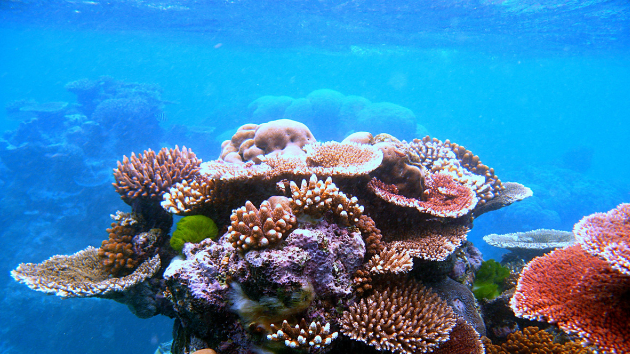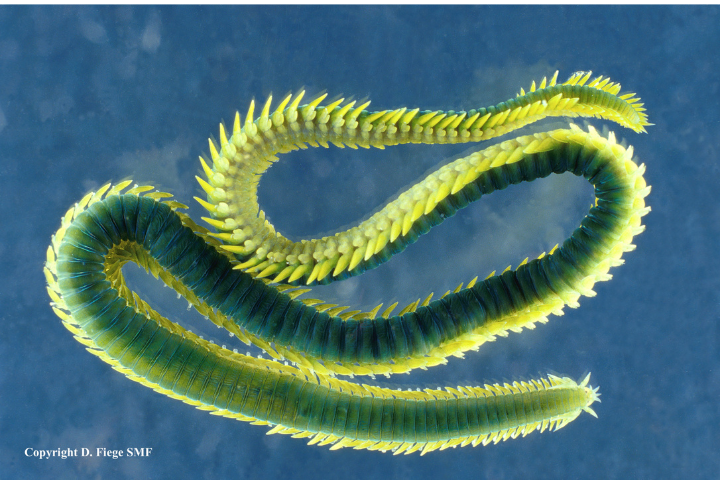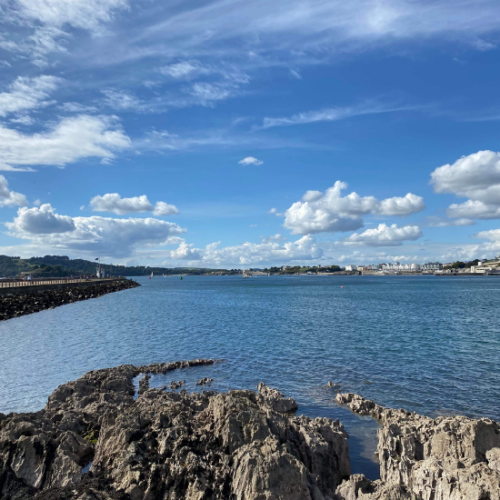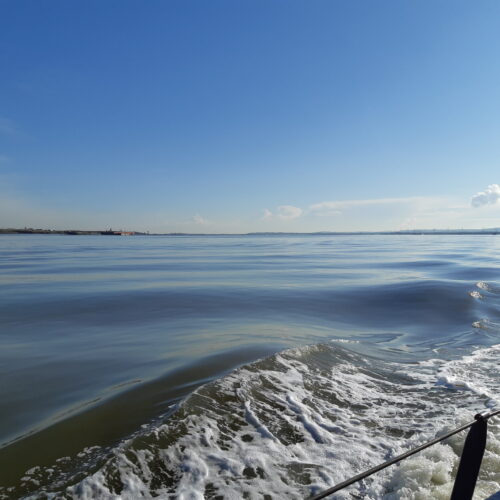In the story “Finding Nemo” we met an overprotective clownfish, which avoided predators by living among anemones, but we never got the other side of the story, the anemone side. In return for shelter, clownfish provide food with their waste and protection against potential fish predators to their anemone host; they live in symbiosis. But is symbiosis always a quid pro quo kind of relationship?
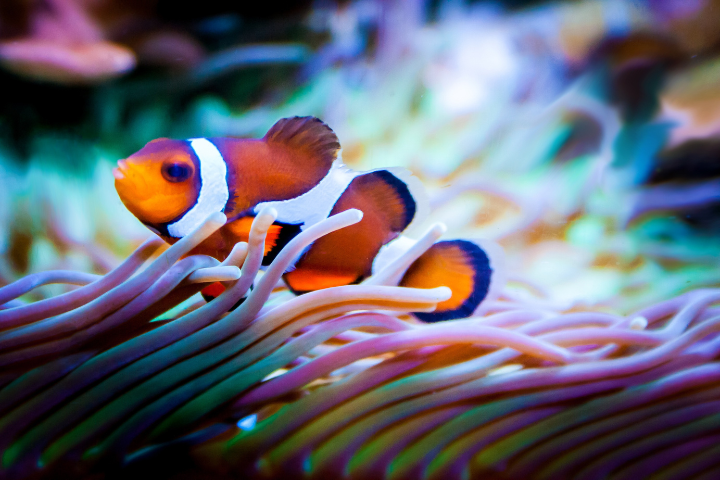
Figure 1: Clownfish swimming through anemones
Symbiosis is a term that refers to any interaction between organisms of two different species. Traditionally, relationships considered as symbiotic are mutualism, commensalism and parasitism, although some experts also include predation and competition. Also in marine environments, known to be one of the main sources of the planet’s biodiversity (1), symbiosis is quite common and the oceans encompass plenty of examples.
Parasitism is an unequal relationship, where one organism, the parasite, benefits at the expense of the other, the host. This interaction can diminish reproductive and survival capabilities, and even lead to the death of the host. Some isopod shrimps, for example, live attached to fish and feed upon their fluids, such as blood and mucus.
In a commensal relationship, one organism lives with, in or on its host, who neither benefits nor is harmed by its presence. Some species of barnacles live attached to the skin of whales, which are hardly aware of their presence. Barnacles are filter-feeders and use the whales to be transported to rich waters, where they can feed upon plankton and other microorganisms.
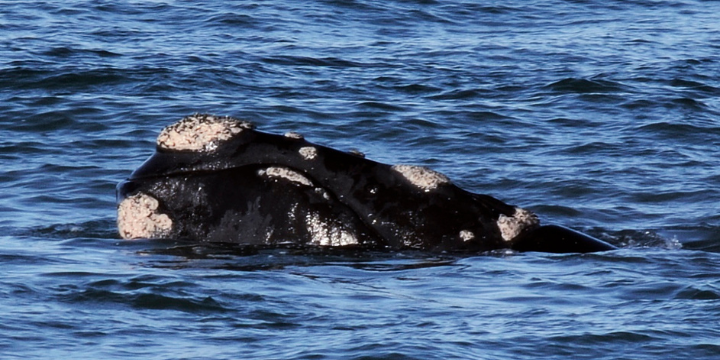
Figure 2: Barnacles attached to a baleen whale
But one of the most fascinating symbiotic relationships is mutualism, an association between organisms of two different species, where each benefits from the interaction with the other. We mentioned already clownfish and anemones, but there are many more examples of collaboration and cohabitation in nature, especially in the oceans.
An extraordinary mutualistic relationship exists between corals and zooxanthellae. Corals look like plants or rocks, but they are in fact colonies of small animals (polyps) supported by a common, calcareous skeleton. Zooxanthellae are single-celled photosynthetic algae; they live within the thin layer of tissue on the outside of the coral skeleton and are responsible for the typical colours of living and healthy coral reefs. This is a tight connection where both organisms benefit highly. The corals offer a protected space and supply the compounds needed by the algae for their photosynthesis, and in return, the corals get energy and nutrients necessary to grow their skeletons and reproduce. This symbiosis allows the corals to thrive in shallow tropical waters, that are typically low in nutrients, subsequently creating an oasis for many other species. However, the relationship is delicate: when corals are physically stressed, the algae get ejected and the corals turn white, a phenomenon called coral bleaching. This can result in the coral’s death, if the situation is sustained over time. One of the main sources of stress for corals is rising ocean temperature resulting from climate change and scientists are currently trying to understand how coral bleaching can be reversed (2, 3, 4, 5).
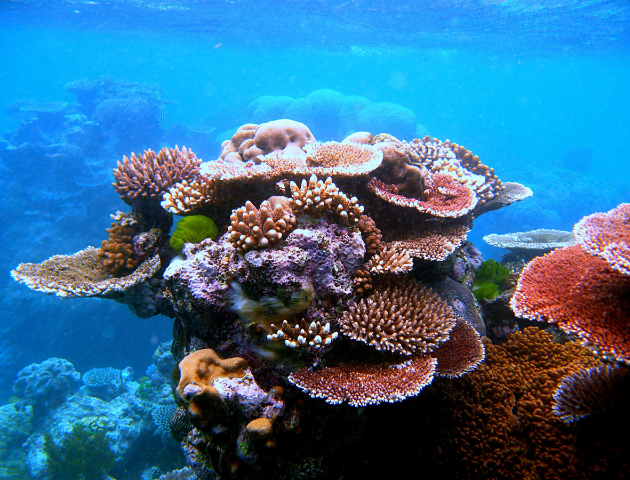
Figure 3: A variety of corals on Flynn Reef, Great Barrier Reef, Australia
Cohabitation as displayed by certain shrimp and fish species is another form of mutualistic relationship. Let’s have a closer look at the case of Randall’s pistol shrimp (Alpheus randalli) and Randall’s prawn goby (Amblyeleotris randalli), both native to the shallow tropical and subtropical waters of the Indian and central Pacific oceans. Randall’s pistol shrimp is about 5 cm long, with a red and white striped body and very strong claws, perfect for digging and maintaining tunnels as a shelter against predators. The shrimp has very poor sight, but it shares its tunnels with the similar-sized goby, who has excellent sight, and acts as watchman. When outside the burrow, the shrimp keeps an antenna on the goby’s fin; when the fish detects any danger, it flips the fin to alert its ‘roommate’. They do not only share space, but also food: when digging the shrimp exposes small invertebrates, which the fish preys upon, while the shrimp eats the scraps of the goby’s meal. This special relationship lasts a lifetime (6, 7).
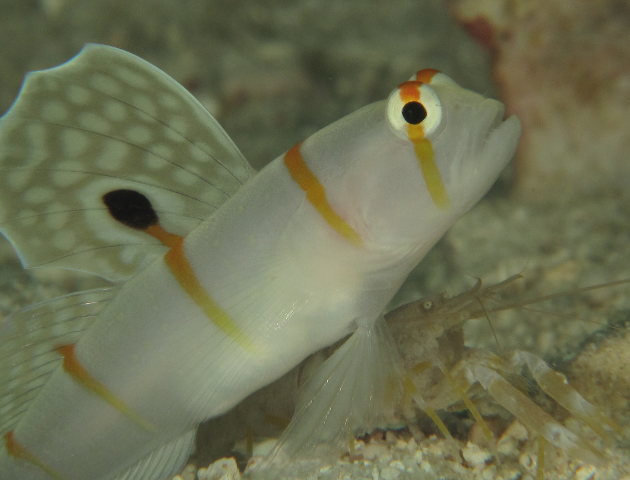
Figure 4: Alpheus randalli and Amblyeleotris randalli outside their burrow
Author: Dr Loreto Gestoso Suarez
References
(1) https://www.un.org/en/chronicle/article/marine-biodiversity-and-ecosystems-underpin-healthy-planet-and-social-well-being
(2) Weis V.M. (2008). Cellular mechanisms of Cnidarian bleaching: stress causes the collapse of symbiosis. Journal of Experimental Biology, 211(19), 3059-3066.
(3) Baker D.M., Freeman C.J., Wong J.C., Fogel M.L. & Knowlton N. (2018). Climate change promotes parasitism in a coral symbiosis. The ISME Journal, 1.
(4) Jones O. & Endean R. (1976). Biology and Geology of Coral Reefs, vols. 2 & 3. New York: Academic Press Inc., 216-250.
(5) Hoegh-Guldberg O. (1999). Climate change, coral bleaching and the future of the world’s coral reefs. Marine and Freshwater Research, 50(8), 839-866.
(6) Karplus I., & Thompson A. R. (2011). The partnership between gobiid fishes and burrowing alpheid shrimps. The Biology of Gobies, 722, 559-608.
(7) Banner A. H. & Banner D. M. (1980). Contributions to the knowledge of the Alpheid Shrimp of the Pacific Ocean Part XIX. On Alpheus randalli, a new species of the Edwardsii group found living in association with a Gobiid Fish. Pacific Science, 34, 401-405.
Photographic credits
Figure 1: https://creativecommons.org/publicdomain/zero/1.0/; https://pxhere.com/en/photo/689988
Figure 2: Adtormena, https://creativecommons.org/licenses/by-sa/4.0/deed.en; https://commons.wikimedia.org/wiki/File:Baleia_Franca-Morro_das_Pedras_Florian%C3%B3polis_SC.jpg
Figure 3: Toby Hudson, https://creativecommons.org/licenses/by-sa/3.0/deed.en; https://commons.wikimedia.org/wiki/File:Coral_Outcrop_Flynn_Reef.jpg
Figure 4: David at Panoramio, https://web.archive.org/web/20161014234926/http://www.panoramio.com/photo/30569174; https://creativecommons.org/licenses/by/2.0/deed.en
